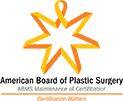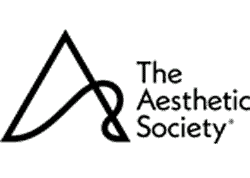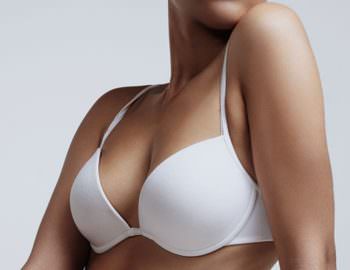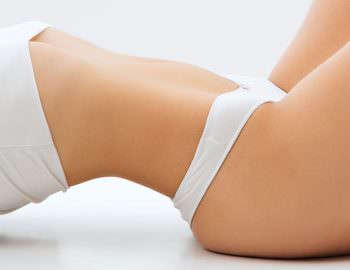Am I a Candidate for Rhinoplasty?
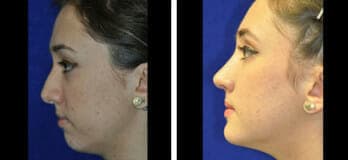
Rhinoplasty, also known as nose surgery, not only improves the aesthetic value of the nose, but can also help improve the balance and harmony of a patient’s face and as a result, improve self-confidence. A rhinoplasty may also benefit those with structural abnormalities that cause impaired breathing. Having the training in facial cosmetic and craniofacial surgery, Dr. Totonchi has a great passion and extensive experience in performing rhinoplasty surgery on Cleveland patients. He has multiple publications in the field of rhinoplasty and he is also active member of The Rhinoplasty Society.
Rhinoplasty Benefits

A rhinoplasty can allow for changes from minor to dramatic alterations to be made to the nose. The size of the nose can be altered to achieve balance with other parts of the face. Alterations can be made to the width of the nasal bridge. The nasal profile can be improved by smoothing bumps and indentations. Changes can be made to the angle of the nose in relation to the upper lip to alter the nasal tip and to restore proper nasal symmetry and correct deviations. Dr. Totonchi can also improve or restore the appearance of the nose due to an accident or trauma.
A rhinoplasty is considered a cosmetic procedure while a septoplasty is a corrective surgical procedure to straighten the nasal septum. A septoplasty can be done in conjunction with a rhinoplasty if needed.

Dr. Ali Totonchi has great passion and appropriate training to perform rhinoplasty, also known as nose surgery.
Types of Rhinoplasty
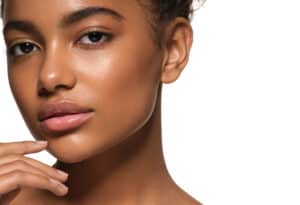
As an expert in rhinoplasty, Dr. Totonchi offers many types of specialty procedures, which include:
Ethnic Rhinoplasty: Some patients wish to make cosmetic improvements to their nose without erasing or “anglicizing” the features that are common with their race/ethnicity. Dr. Totonchi has experience preserving aspects that feel core to a patient’s identity rather than subscribing to the idea that one standard of beauty should apply to all noses.
Revision Rhinoplasty: Selecting a top doctor is essential for revision rhinoplasty, not only to ensure that the quality of the results is much better, but because a nose that has already been operated on is even more fragile and all subsequent modifications should be made with utmost thought and precision. Fortunately, Dr. Totonchi has outstanding training and expertise in nose surgery and can perform revision at an elite level. The consultation process is the first step to seeking an expert opinion to make improvements.
Functional Rhinoplasty: Although most rhinoplasty procedures are performed for cosmetic purposes, a functional rhinoplasty (septoplasty) corrects a deviated septum to improve the flow of air through your nose. In many cases, patients decide to combine elements of a cosmetic and functional rhinoplasty in one convenient surgery.
Rhinoplasty Details
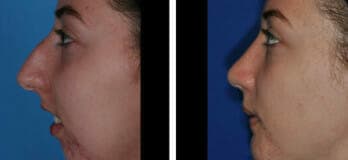
A rhinoplasty is performed under general anesthesia. There are two approaches to reshaping the nose, open rhinoplasty and closed rhinoplasty. Closed rhinoplasty incisions are made inside the nose cavity, while open rhinoplasty incisions are made to the columella, which is the strip of tissue that separates the nostrils. An incision made through these areas will make the incisions inconspicuous. The tissues will then be raised to access the underlying bone and cartilage tissues in order to make necessary repairs or alterations. Once the desired nasal contour is achieved, the incisions are closed and are lined along the natural creases of the nose to reduce visibility. Dr Totonchi although performs both approaches but mostly prefers open technique for fine work and to achieve your desired goals and nasal modifications.
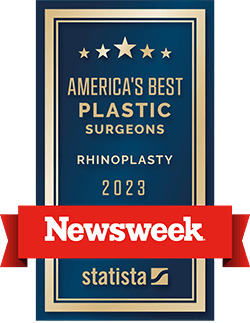
If any augmentation is needed at any area of the nose, this can be achieved by harvesting cartilage from the septum, ear, or chest wall. If there is need for a cartilage graft from the ear or chest wall, the procedure will be discussed with you at your pre surgical consultation.
Rhinoplasty Recovery and Results
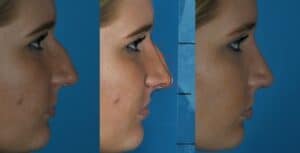
A splint will be placed outside the patient’s nose to help support the new shape as the nose heals. In the case of septoplasty, or straightening of the nasal septum, Dr Totonchi, will use nasal stents inside the nose which are removed in 10 days to 2 weeks after surgery. You should expect your incisions to heal after about one week. The swelling and bruising will remain for a few weeks after the procedure. Do not be alarmed if the swelling comes and goes during recovery, this is completely normal. You may be required to tape your nose to minimize swelling and promote healing after the stent is removed.
Once the swelling subsides, you will begin to see your new nose contours define and develop. Your new nasal contours will fully refine about a year after your rhinoplasty.
Complementary Procedures
Because rhinoplasty is primarily concerned with improving facial harmony, this surgery is sometimes paired with chin augmentation or genioplasty. A recessed (or “weak”) chin can make the nose look bigger in comparison. Extending the length of the chin can help place the lower face in proportion with the length of the nose. Dr. Totonchi can augment the chin with sliding genioplasty, a surgery that moves the chin bone forward.
Rhinoplasty Testimonials
“Dr. Totonchi was incredible. From the first consultation, he was very attentive and listened to exactly what I wanted down. The final rhinoplasty results surpassed my expectations. He knows exactly what he’s doing, and I only wish I had done it sooner.”
– M.M.
“My nose before surgery was very wide with a bulbous tip and dorsal hump, but Dr. Totonchi managed to completely renovate my nose. He made it fit perfectly with my face and it is so natural-looking. He’s honestly an artist! I never had a major surgery before and Dr. Totonchi and his team made me feel so calm throughout the process and took such good care of me.”
– C.M.
“I had a large hump on my nose and a horrendous side profile. I had a rhinoplasty and septoplasty done by Dr. Totonchi and was amazed by the results. My nose healed with no complications and my side profile is now perfect.”
– B.C.
Why You Should Choose Dr. Totonchi for Rhinoplasty
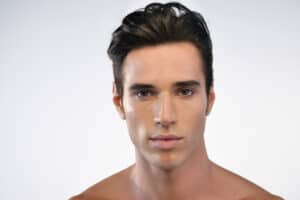
Rhinoplasty is considered the most technically complex form of plastic surgery. All alterations must be performed delicately and precisely, which makes choosing an expert surgeon that much more important. Dr. Totonchi trained extensively in cosmetic and reconstructive facial procedures and now specializes in rhinoplasty. To see his results, you may check his rhinoplasty photo gallery. To see why so many patients in Cleveland refer their friends to Dr. Totonchi for rhinoplasty, please call to schedule a consultation.
Rhinoplasty FAQ
When can I take a shower or bath after nose surgery?
You may wash your hair and body as soon as you feel comfortable doing so, but keep the nasal splint and dressings dry.
How much pain will I have?
Discomfort typically lasts 3-5 days, but sometimes longer. As you feel more comfortable, your need for pain medication will be less.
Can I drink alcohol?
Do not drink alcohol for 1 week after your surgery or while taking narcotic pain medication.
When can I drive?
Generally speaking, patients are able to drive about 7-10 days after surgery. You should not drive if you are still taking narcotic pain medication.
When can I resume my exercise routines?
On the day of surgery and for 2 days after, please avoid exertion, straining, bending or lifting. I encourage walking short distances the first few post-operative days. Avoid heavy exercise until we discuss it at your first follow-up appointment.
What can I expect post-op for my rhinoplasty surgery?
You will normally be seen in the office within 1-2 weeks of your surgery, and then about 2 other times in the first couple of months. You will then be seen periodically to monitor healing. We follow Rhinoplasty patients up to one year after surgery.
If you are interested in rhinoplasty in Cleveland, call today to schedule a consultation with Dr Totonchi, (440) 461-7999.
All photographs and other material presented on this website are the property of Dr. Totonchi. Please do not download or reproduce the images without the express written consent of Dr. Totonchi.
Disclaimer: Individual results may vary. No guarantee of results, stated or implied by any photo or statement on this website can be made. Please see full disclaimer.






